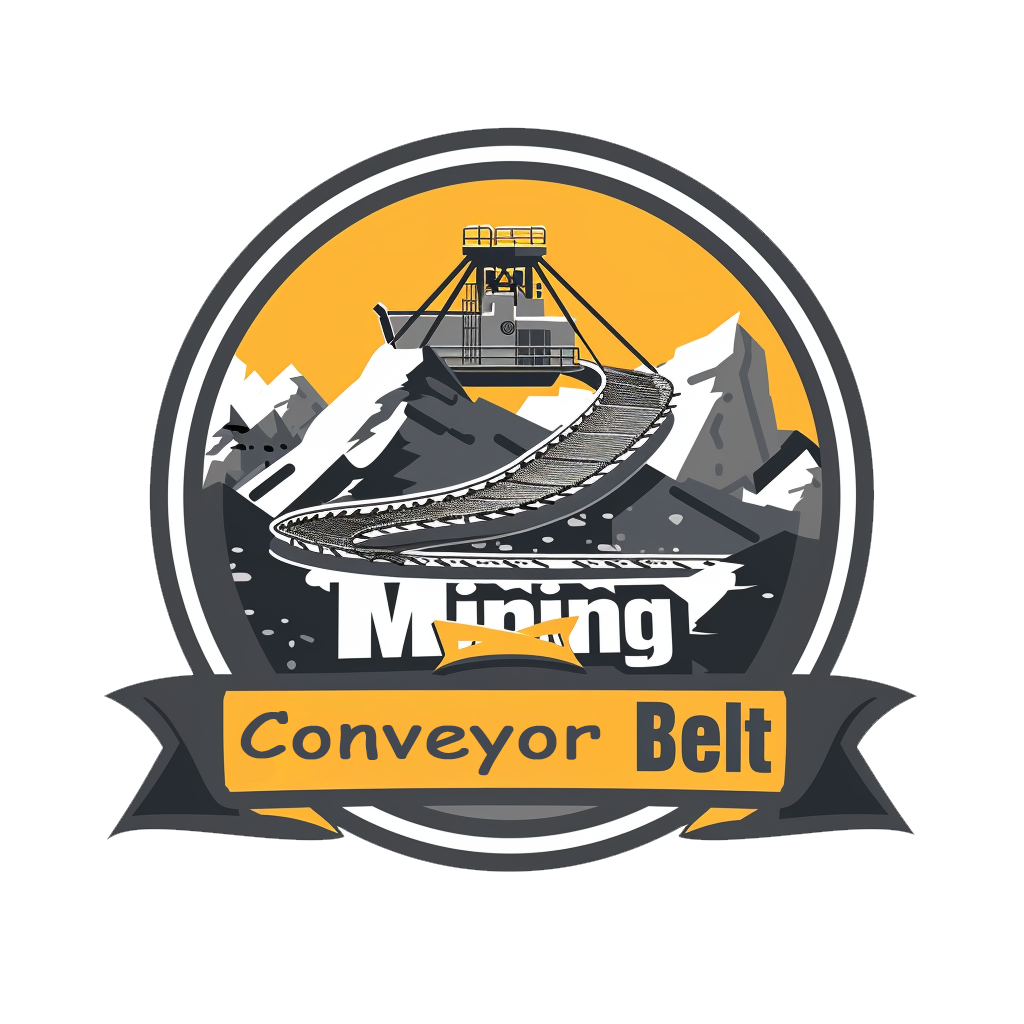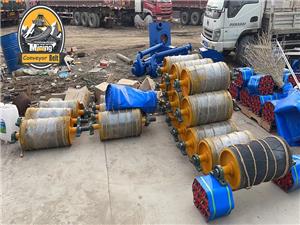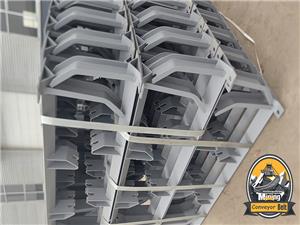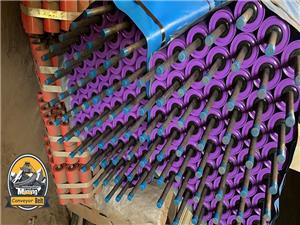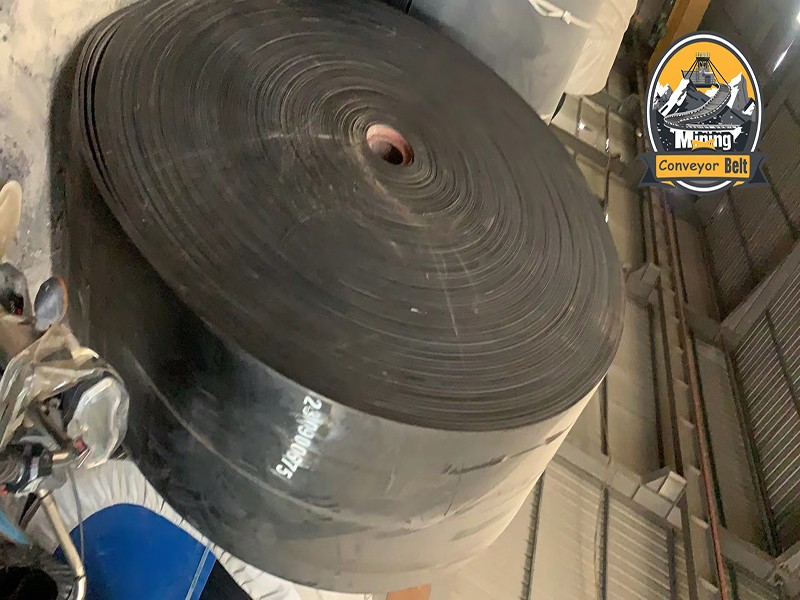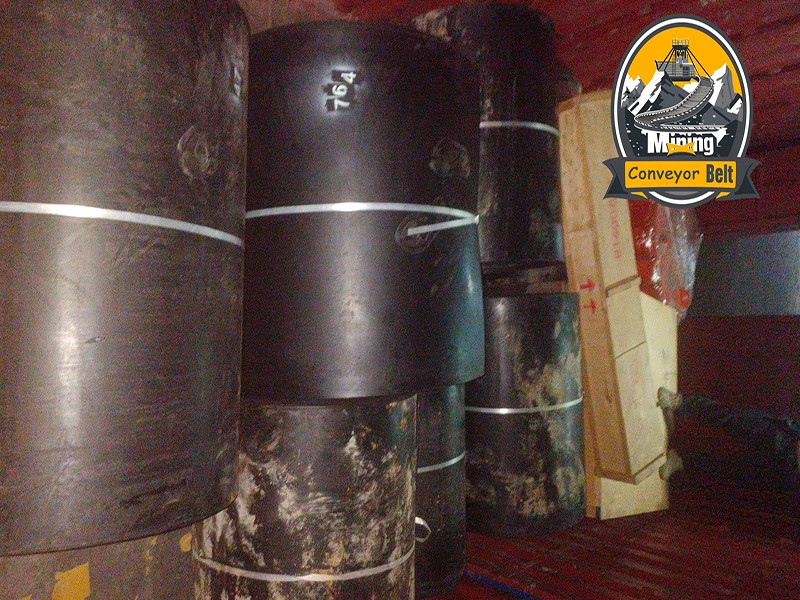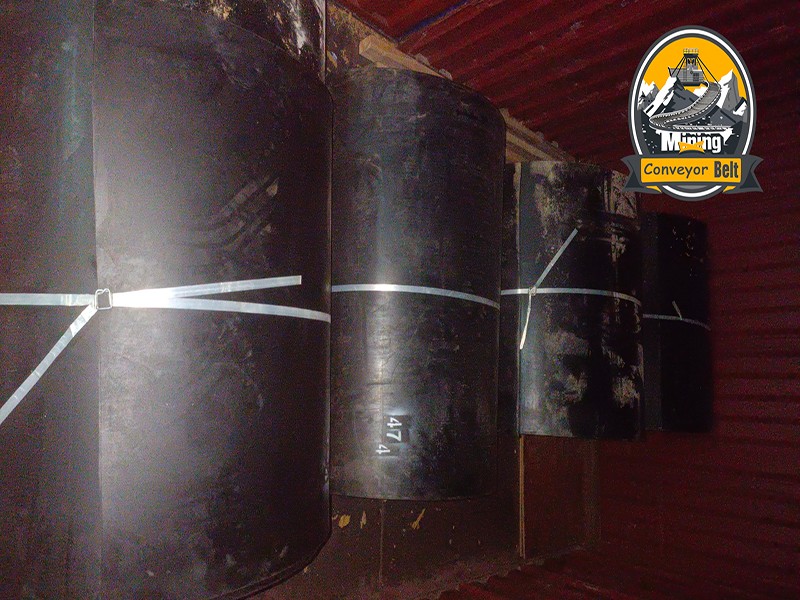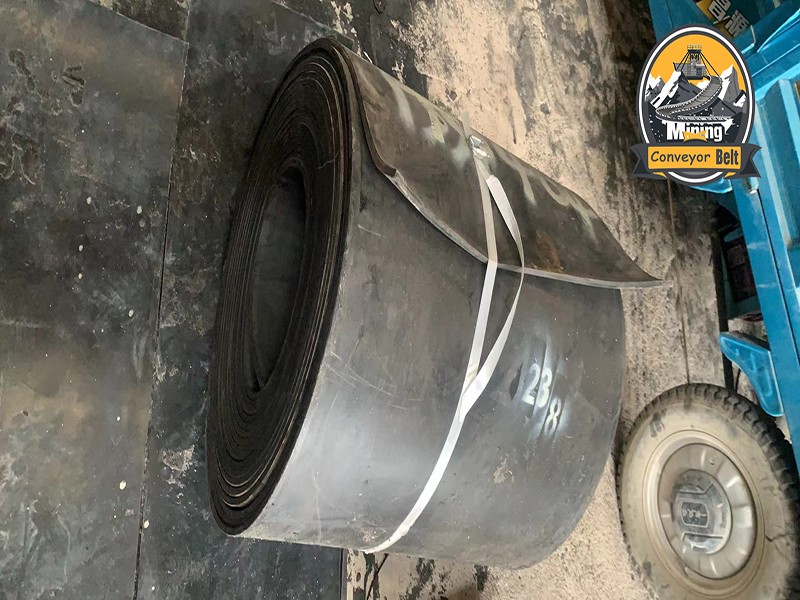
Canvas Conveyor Belt mining conveyor belt manufacturers
Brand Xiamen Mining
Product origin Xiamen
Anti-slip conveyor belts play a crucial role in industries requiring reliable material transport. Whether it’s moving bulk materials or handling challenging environments, these belts ensure efficient and safe operation. But what exactly makes an Anti-Slip Conveyor Belt effective, and how do you choose the right one for your needs?
What Makes Anti-Slip Conveyor Belts Effective?
Anti-Slip Conveyor Belts are engineered to maintain high traction, especially under heavy loads and difficult conditions. The key lies in their unique design—often featuring special surface patterns or coatings. These features ensure the belt grips the material better, reducing the risk of slippage.
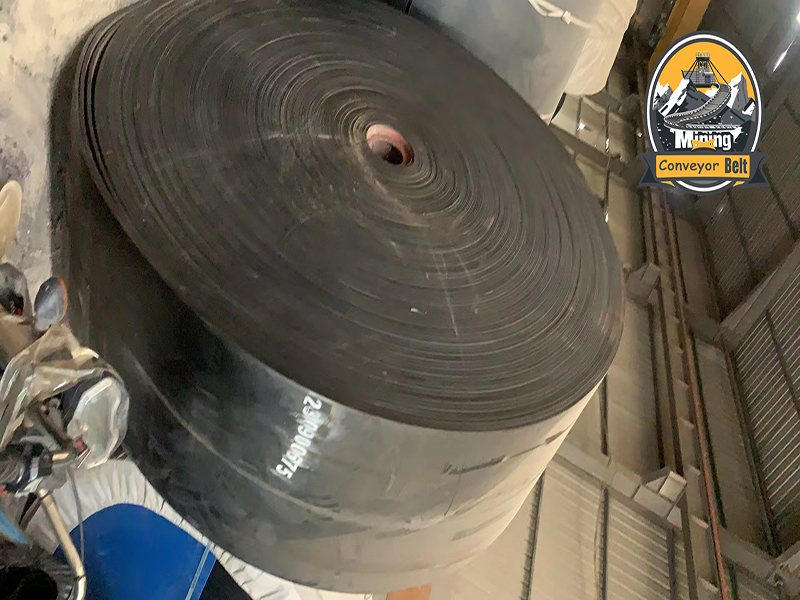
Key Features & Data
Low Elongation: For example, polyester (PET) based belts have low elongation rates, typically under 2% at full load, ensuring better stability during operation. This is crucial in preventing material slippage, especially in high-speed or high-load environments.
Moisture Resistance: Polyester belts (like EP, Polyester-Nylon) exhibit excellent moisture resistance, maintaining their strength in wet conditions. Unlike cotton-based belts, which degrade faster in humid environments, polyester-based belts retain their integrity, ensuring a long lifespan.
Strength & Durability: Polyester rubber belts can handle heavy-duty operations. With strength ratings typically ranging from 700N/mm to 2500N/mm (depending on the layer count and material), they can carry heavier loads without compromising performance.
Versatility: These belts are used across industries from mining (coal, cement, sand) to food processing. For instance, EP (polyester/nylon) belts are ideal for medium to long-distance applications with high-speed requirements, capable of handling up to 5m/s speed.
Frequently Asked Questions
1. Why Do Anti-Slip Conveyor Belts Slip?
Excessive Load: The material being transported exceeds the rated load. For example, a belt with a maximum load capacity of 2000N/mm may begin to slip if it is overloaded.
Contamination: Dirt, oil, or grease can reduce friction. Even minor contaminants can drastically reduce grip.
Aging: Belts that have been in use for too long (typically 1-3 years depending on usage) may experience reduced elasticity and traction.
2. How to Choose the Right Anti-Slip Conveyor Belt?
Material to Be Transported: Use higher strength belts (like EP or polyester) for heavier loads. For example, coal conveyors typically use belts with a strength of 1600N/mm or higher.
Environmental Conditions: For wet or harsh conditions, opt for moisture-resistant materials like EP (polyester/nylon) belts, which perform well even under rain or high humidity.
Speed and Load: Choose a belt that matches both the speed and load. For instance, a high-speed conveyor (up to 5m/s) will need a more durable, low-elongation belt like the polyester-based ones.
3. How Can I Maximize the Lifespan of My Anti-Slip Conveyor Belt?
Regular Maintenance: Check for tension issues or wear every 3-6 months. Proper tension (usually 2-3% elongation under load) is critical to preventing unnecessary strain.
Cleanliness: Regularly clean the belt to remove debris or contaminants. A clean belt maintains its friction properties longer.
Correct Load and Speed: Ensure that the belt isn’t overloaded and that speed does not exceed manufacturer recommendations (5m/s for most belts). This avoids unnecessary wear and slippage.
Conclusion: Why Anti-Slip Conveyor Belts Matter
Anti-Slip Conveyor Belts are indispensable in industries where stability, reliability, and safety are paramount. With their low elongation rates, moisture resistance, and strength, they are the ideal solution for transporting materials like coal, sand, cement, and more. By considering factors like material type, speed, and environmental conditions, you can select the perfect belt for your needs.
So, when choosing an Anti-Slip Conveyor Belt, remember: It’s not just about picking any belt—it’s about matching the belt to your operational requirements for optimal performance.
